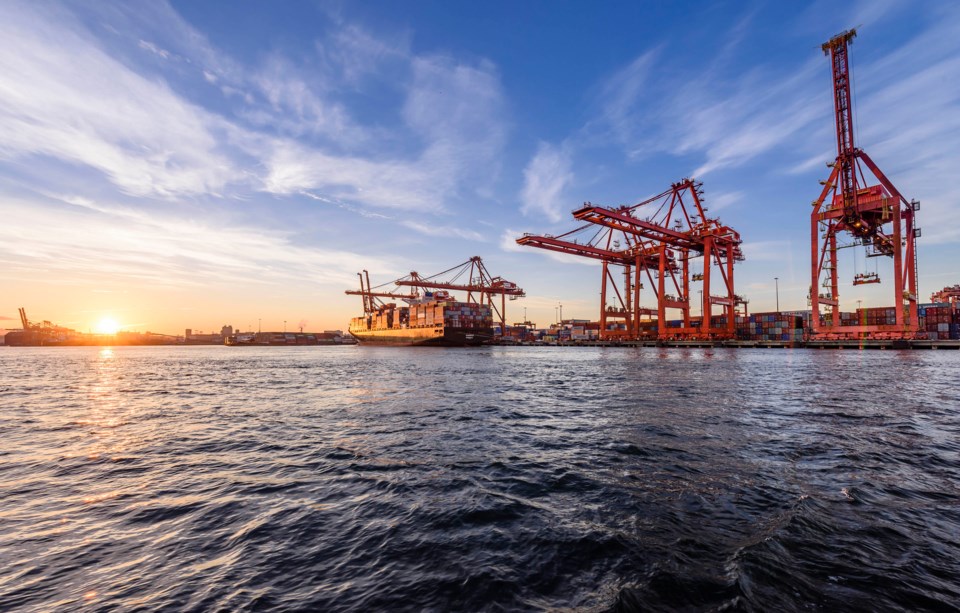Last year was a busy and challenging one for the Port of Vancouver.
According to their year-end statistics released this week, the VFPA observed a six per cent increase in 20-foot container movement, a four per cent increase in import volumes and a one per cent increase in overall cargo volume, compared to 2020 numbers.
The statistics also show that 146.5 million metric tonnes of cargo passed through the Port of Vancouver, which included a record 3.7 million 20-foot equivalent units composed of 1.9 million imports and 1.7 million exports.
These increases highlight the need for more capacity, says VFPA President and Chief Executive Officer Robin Silvester.
“For people living in Delta, [the biggest thing] to understand is how much of Canada’s trade moves through the terminal in Delta, between Annacis Island, West Shore and Deltaport – and hopefully, in the not-too-distant future, Roberts Bank Terminal 2,” he says.
Despite the Port’s record year in containers, they also saw declines.
They observed a 13 per cent decrease in grain compared to 2020 data, following a drought in Western Canada that diminished grain production for the second half of the year.
Crediting global supply chain issues and weather events, they also saw volume declines for fertilizer (13 per cent decrease), chemicals (nine per cent decrease), lumber (14 per cent decrease), wood pulp (20 per cent decrease) and processed food (22 per cent decrease).
“The 2021 container story, while a record year for the fifth year in a row, is a warning on two front – a looming container capacity shortage and the Lower Mainland’s industrial land shortage crisis,” said Silvester.
The Vancouver Fraser Port Authority is the federal agency responsible for the stewardship of the Port of Vancouver – which extends from Roberts Bank and the Fraser River up to and including Burrard Inlet – and is accountable to the federal minister of transport.



